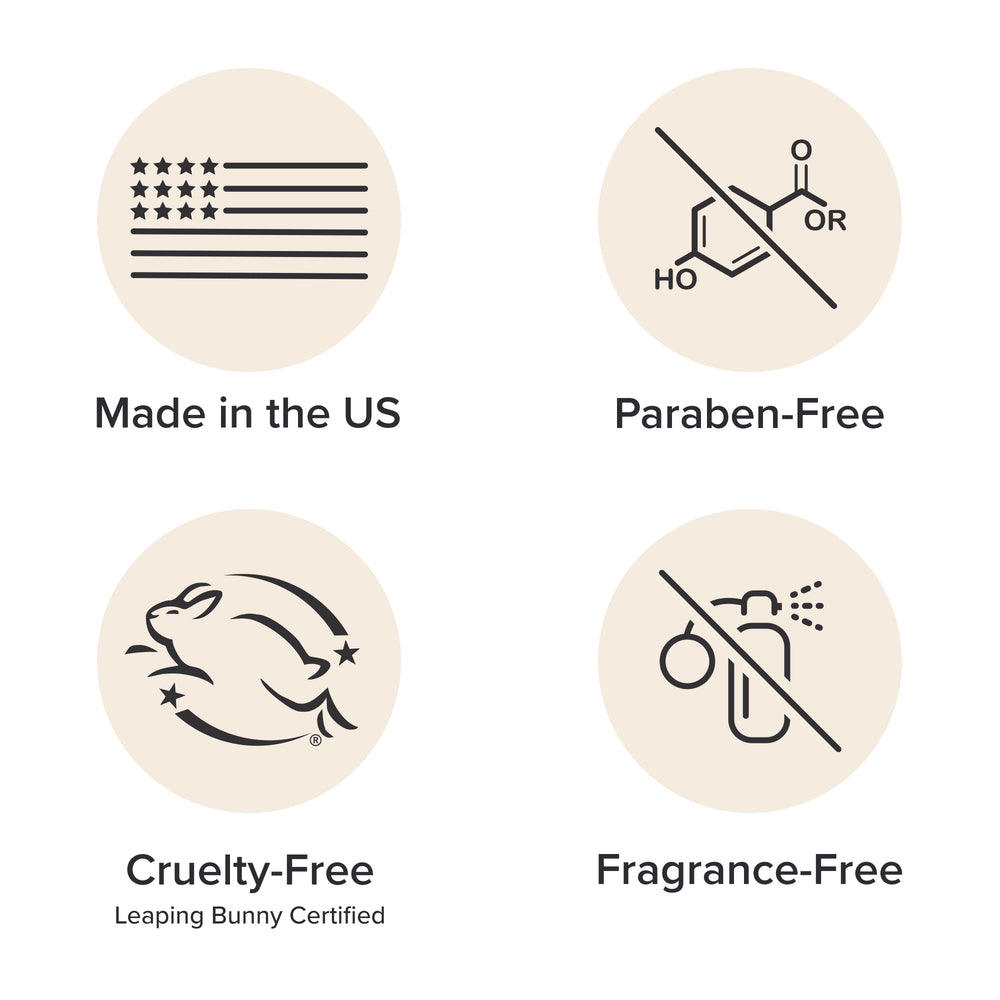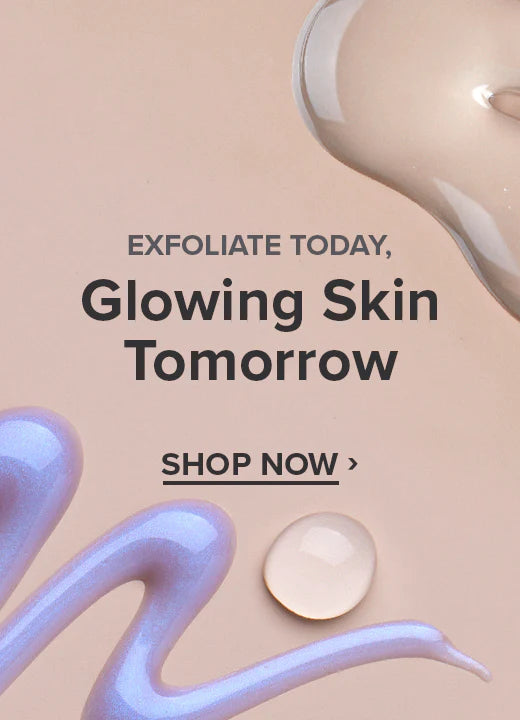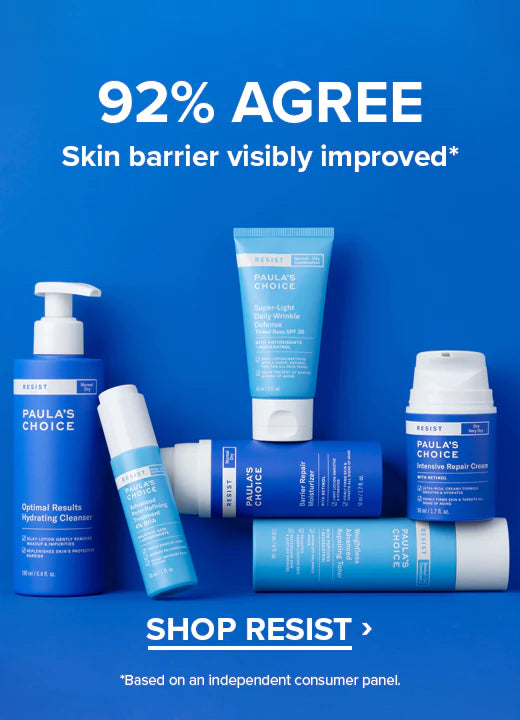Severe Acne
Written by: Mercedes Santella-Lam
The fight against acne is often an uphill battle, especially if you have stubborn to severe acne. But, thankfully, for most people, even severe acne can be improved with over-the-counter skincare products.
We’re proud to say our Paula’s Choice Skincare Clear line is an excellent place to start if you experience mild to severe acne breakouts. The CLEAR systems (both the regular and extra strength) are formulated around superstar ingredients that research has shown are the best way to help diminish acne: Salicylic acid
Both products—regular and extra strength—are also formulated to be extremely gentle: No irritating ingredients allowed, because that would only make skin worse! Rather, our CLEAR products nourish skin with soothing ingredients that have proven benefits when it comes to diminishing the look of redness and sensitivity. After all, acne is red, and anything that makes skin redder is not a good idea.
Must-Know Acne Tips
Following are essential tips you must know if you want to improve any type of acne, including stubborn to severe acne:
• Keep your skincare routine as simple as possible and follow it religiously. (It takes patience and consistency to improve breakouts.)
• Use a gentle, but effective, water-soluble cleanser twice daily, with a soft washcloth for extra cleansing. (Drying, harsh cleansers, many cleansing brushes, and scrubs only make matters worse.)
• Avoid bar cleansers even if they claim to be soap-free. (The ingredients that keep bar soap in bar form can clog pores.)
• Once or twice a day, use a product with salicylic acid (BHA) to diminish the appearance of redness, to gently exfoliate skin’s surface and inside the pore to improve oil flow, and to improve skin texture. Paula’s Choice Skincare CLEAR Line has two options for you to consider.
• For stubborn to severe acne, use a BHA Exfoliant twice per day, morning and evening.
• Never use thick moisturizers (especially creams) in areas where any type of acne occurs, as they can clog pores. Instead, stick with lightweight options with liquid, gel, or serum/lotion textures.
Cystic Acne
The most severe type of acne is often referred to as cystic acne. Cystic acne can occur along with mild to moderate acne. Surprisingly, most research indicates that it is caused by the same factors as mild to moderate acne, but cystic acne lesions are far more painful, larger, and more damaging to skin. If you are wondering if you have this type of acne, here are some of the signs:
• Lesions are usually felt beneath the skin before they become visible.
• It appears on the surface as raised, swollen, red pimples that also extend deep under the skin.
• Lesions usually don’t have a “whitehead” showing, although sometimes they do. No one knows why this occurs only sometimes.
• It is almost always painful to the touch, or even when not touched—these bumps just plain hurt!
• It presents a high risk of scarring, especially if left untreated or if improperly treated.
Cystic acne requires the attention of a dermatologist because over-the-counter anti-acne products usually are not enough. Especially if you have acne and some cystic acne, you can ask your physician if salicylic acid based products are a good place for you to start to then see what happens. After you’ve tried these options, you and your dermatologist can determine if prescription options are the next step to help you achieve the results you want for your cystic acne, when used with a great anti-acne skincare routine.
References for this information:
Clinics in Dermatology, March–April 2017, pages 173–178
Journal of Infection and Chemotherapy, June 2016, pages 426–429
American Journal of Clinical Dermatology, December 2012, issue 6, pages 357–364





